Medical devices
search
news
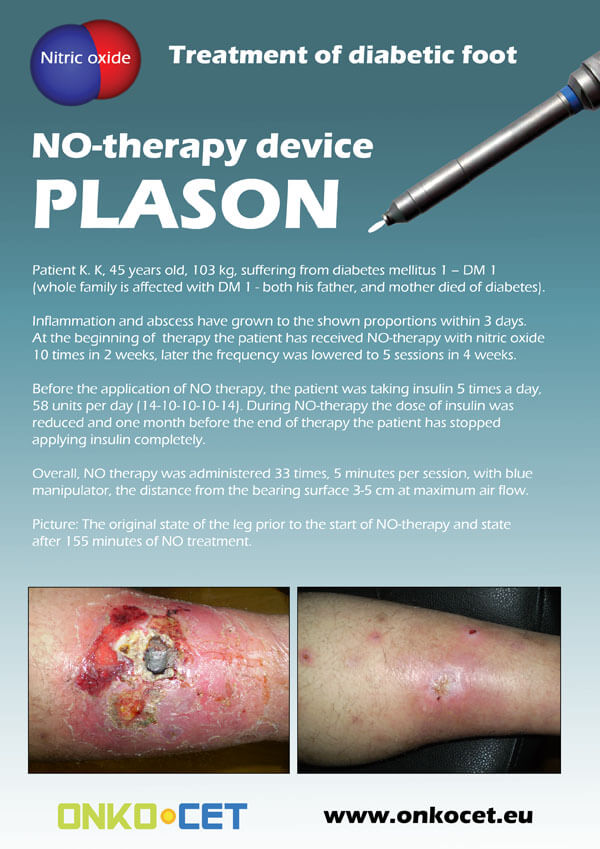
The PDF with the short report with pictures from the therapy of a diabetic foot can be viewed or downloaded here.
The pictures from the treatment of unhealing wounds an be found here:
http://www.onkocet.eu/en/produkty-detail/220/1/
The pictures from the treatment of unhealing wounds an be found here:
http://www.onkocet.eu/en/produkty-detail/293/1/
ONKOCET Ltd. has exhibited the devices from its portfolio on the MEDTEC UK exhibition in Birmingham, April 2011 through our partner Medical & Partners.
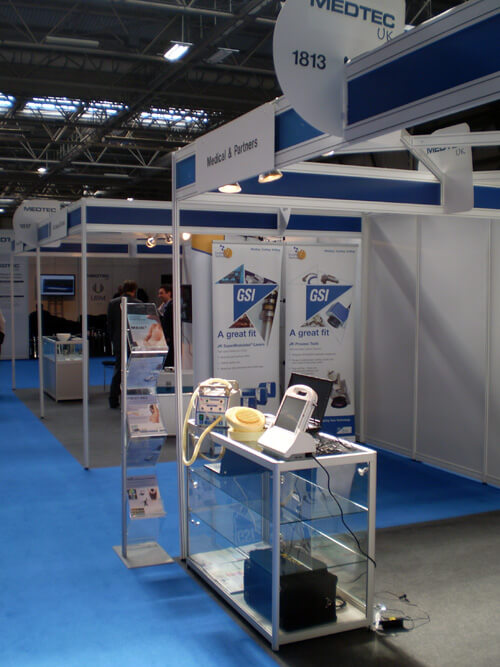
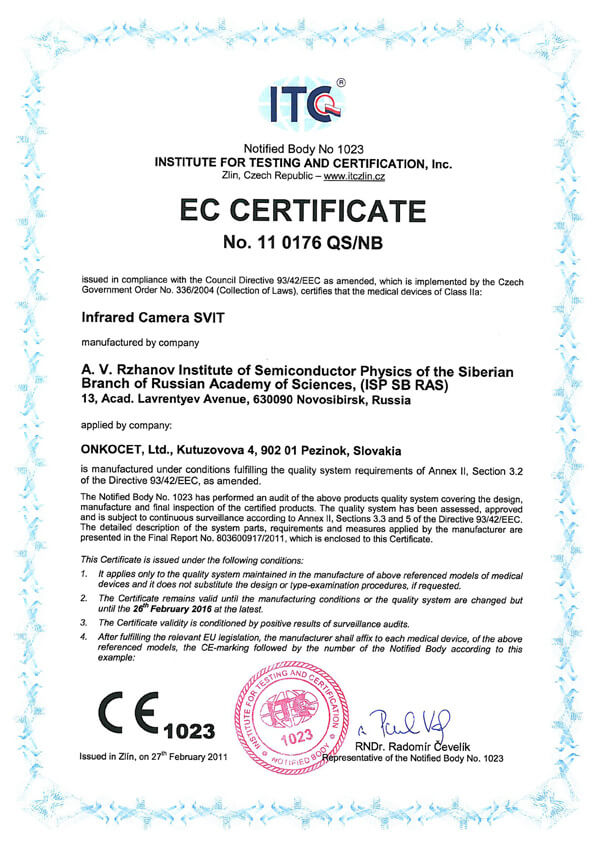 The ONKOCET company has successfully reached the certification of yet another medical device, Infrared Camera SVIT. The Certificate can be found here. The videos from the device operation can be found here.
The ONKOCET company has successfully reached the certification of yet another medical device, Infrared Camera SVIT. The Certificate can be found here. The videos from the device operation can be found here.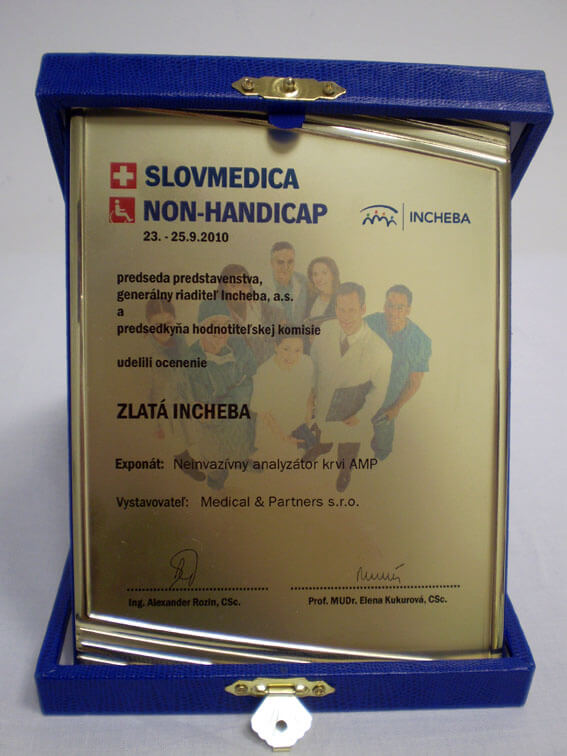 Our device, the non-invasive blood analyzer AMP has won the Golden Incheba prize at a medical exhibition SLOVMEDICA - NON-HANDICAP 2010. A big thank you goes to the organizers of the exhibition for acknowledging the quality of our device and to the exhibitor, the Medical & Partners company, for introduction of the AMP device to the medical public again.
Our device, the non-invasive blood analyzer AMP has won the Golden Incheba prize at a medical exhibition SLOVMEDICA - NON-HANDICAP 2010. A big thank you goes to the organizers of the exhibition for acknowledging the quality of our device and to the exhibitor, the Medical & Partners company, for introduction of the AMP device to the medical public again.We are pleased to inform our business partners, that our company has succesfully finished the certification process of Concor Soft Contact Lenses.
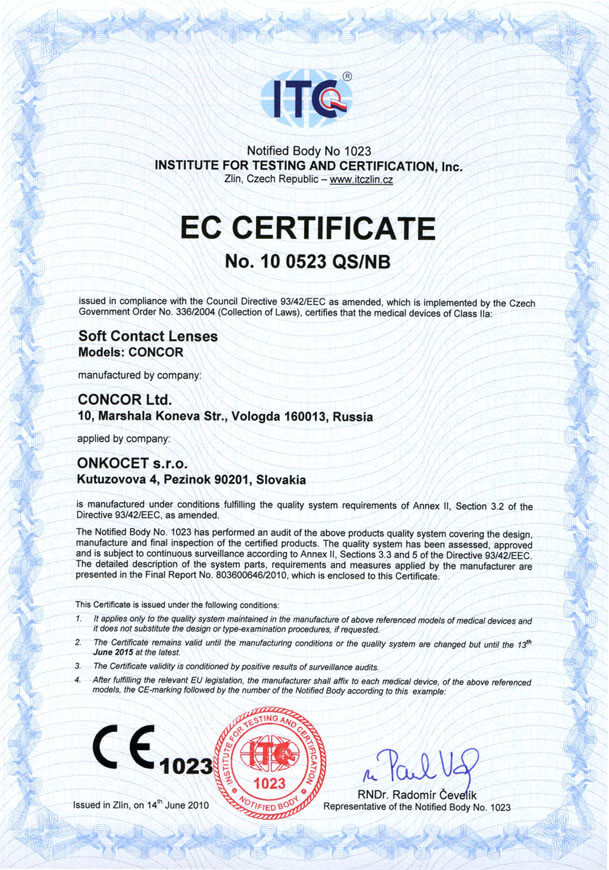 You can find the certificate here.
You can find the certificate here.More information on Concor Soft Contact Lenses go to section Medical preparations/Concor soft contact lenses, or follow this link.
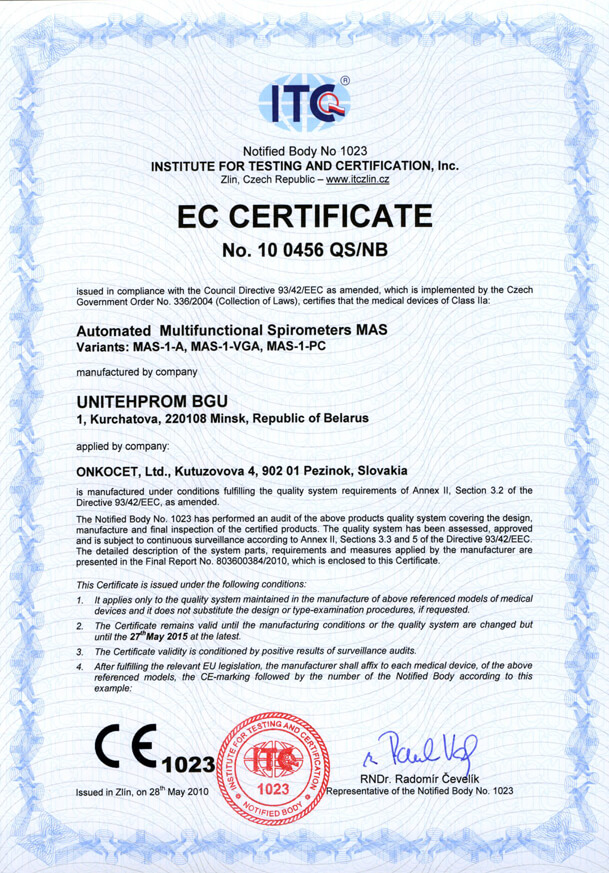 Our company has finished the certification process for another medical device, computerized spirometer MAS-1K with oximeter. You can find the device certificate here.
Our company has finished the certification process for another medical device, computerized spirometer MAS-1K with oximeter. You can find the device certificate here..jpg) Since May 2010 there is a new version of AMP device available.
Since May 2010 there is a new version of AMP device available.Follow this link if you want to see the pictures and specifications of the device.
http://www.onkocet.eu/en/produkty-detail/293/1/
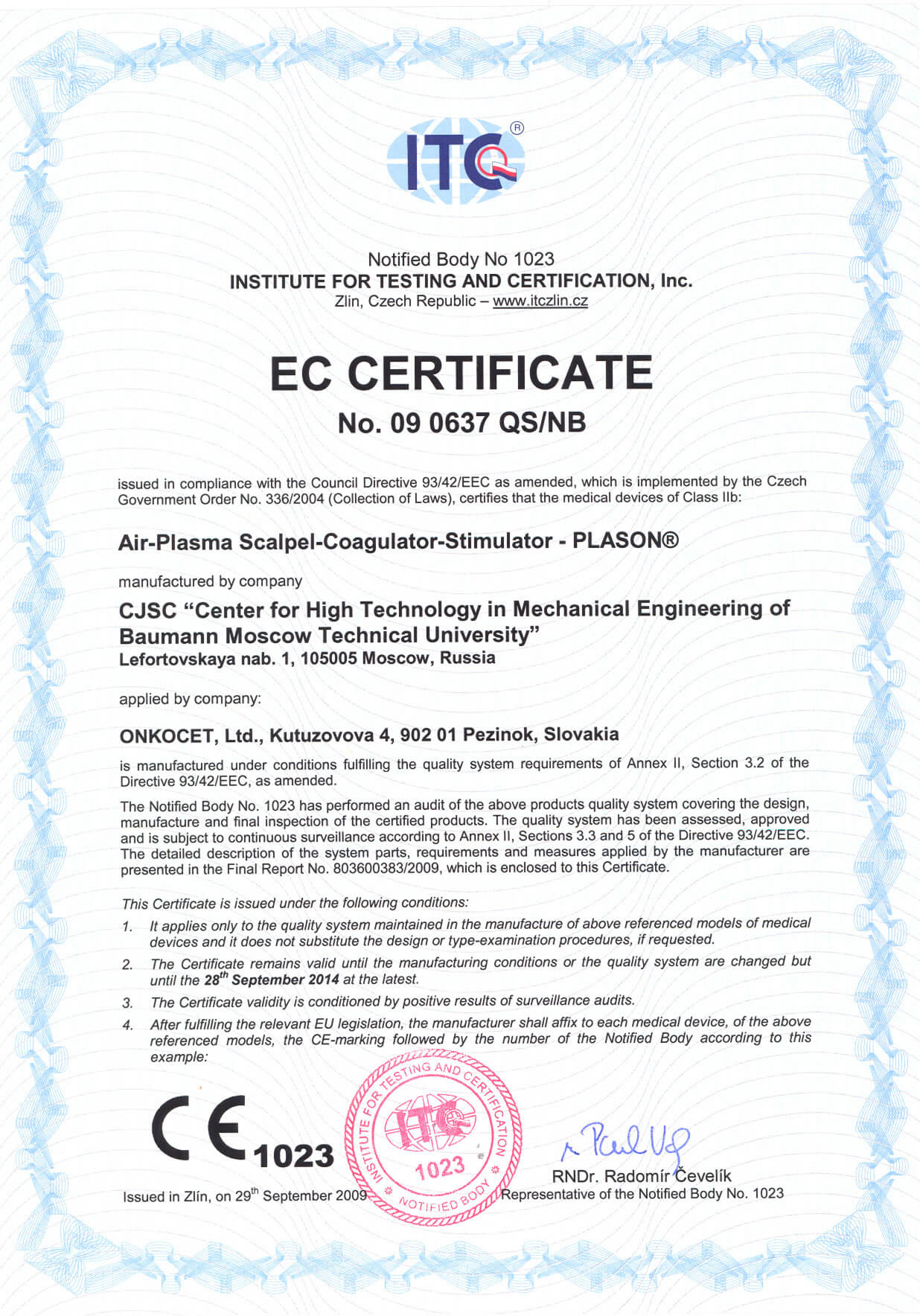 Dear partners,
Dear partners, In October 2009 we have received CE certificate for another device from our portfolio, NO therapeutical device PLASON. You can find more information about this revolutionary device, used for healing of unhealing wounds, diabetic foot, or for cosmetical purposes, at our webpage, section "Medical devices" -> PLASON-NO Therapy.
.gif)
Best regards
Team of ONKOCET Ltd. company
ATP
ATP
In biological systems, adenosine triphosphate (ATP) is the principal contributor of free energy necessary for anabolic reactions and is also a precursor of nucleic acids. Moreover, active transport of metabolites into cells is also driven by hydrolysis of ATP. So, a cell may grow, multiply and ultimately turn malignant when it has been transformed in such a manner that it produces excess ATP as compared with its usual metabolic demand.
![]()
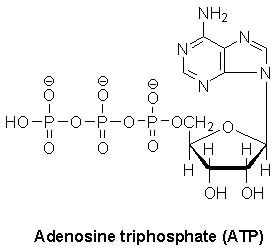
Mitochondria are known as the powerhouses of the cell. They are organelles that act like a digestive system that takes in nutrients, breaks them down, and creates energy for the cell in the form of adenosine triphospate (ATP). The process of creating cell energy is known as cellular respiration. Mitochondria generate more than 90% of the cell’s energy with aerobic respiration utilizing oxygen in a process called oxidative phosphorylation. The rest is generated at the cytoplasm of the cell through anaerobic respiration without oxygen in a process called glycolysis.
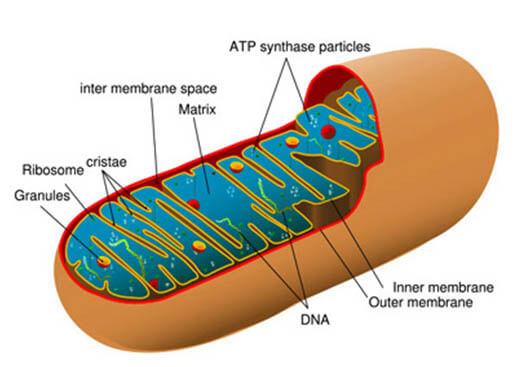
The production of ATP from glucose has an approximately 13-fold higher yield during aerobic respiration compared to anaerobic respiration. Unlike the other organelles mitochondria contain their own DNA. It is hypothesized that mitochondria descended from bacteria and billion years ago they incorporated into the cytoplasm of larger eukaryotic cells in a symbiotic relationship.
Cancer is all about uncontrolled cell division. It has been a common belief that only the nucleus which contain the genetic material DNA, initiates cell division. However a groundbreaking study (1) shows that it is actually the mitochondria which determine when and how fast the cell will divide.
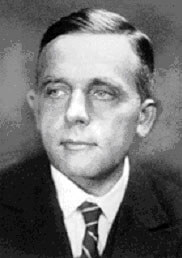 Otto Warburg - Recipient of two Nobel Prizes, postulated (6,7,8,9) that in contrast to healthy cells, tumor cells mainly generate ATP through glycolysis instead of oxidative phosphorylation in the mitochondria even in the presence of oxygen and that their mitochondria became dysfunctional.
Otto Warburg - Recipient of two Nobel Prizes, postulated (6,7,8,9) that in contrast to healthy cells, tumor cells mainly generate ATP through glycolysis instead of oxidative phosphorylation in the mitochondria even in the presence of oxygen and that their mitochondria became dysfunctional.
However recent evidence now supports that mitochondria are not dysfunctional in cancer cells and they contribute to the energy production like they do in normal cells.
Cancer cells obviously produce significantly more energy in the form of ATP to support their increased metabolic needs and rapid proliferation. However the possibility that any factors causing excessive ATP production in the cells may lead to its malignant transformation is also overlooked by the mainstream cancer research.
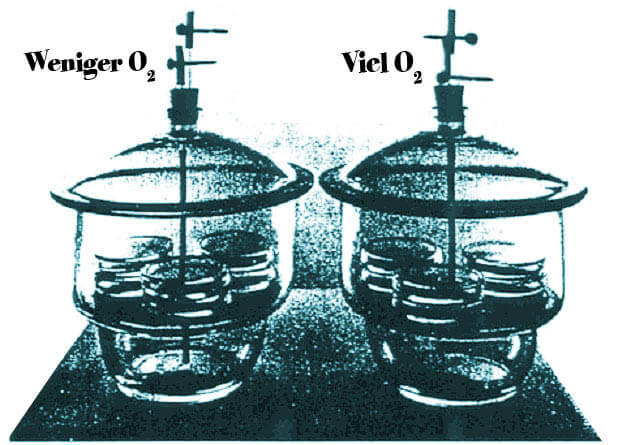
Method to transform embryonic metabolism into cancer metabolism by decreasing the oxygen pressure
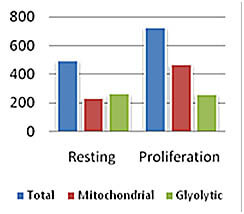
Total, Mitochondrial & Glycolytic ATP Production during Resting & Proliferation in EMA Tumor Cells (Moreno-Sanchez et al Energy metabolism in tumor cells).
In the article published by Schmidt et al (2) the researchers compared the total, mitochondrial and glycolytic ATP production during the resting phase and proliferation phase of EMA tumor cells.
They have observed that the total ATP production jumped from 495.7 units in resting phase to 726.2 units in proliferation phase. However glycolytic ATP production remained constant where 262.9 units were produced during resting phase compared to 260. 2 units during proliferation phase. All additional ATP required for increased demand at proliferation were supplied by mitochondria as the mitochondrial ATP jumped from 495.7 units in the resting phase to 726.2 units in the proliferation phase. The excessive ATP required that actually triggered cell division was completely provided by the mitochondria alone. A clear indication that mitochondria are not dysfunctional in cancer cells but on the contrary their excessive ATP production triggers cell division.
Guppy et al. (10) using an innovative system have measured the total ATP turnover of proliferating MCF-7 breast cancer cell line, the contributions to this turnover by oxidative and glycolytic ATP production and the contributions to the oxidative component by glucose, lactate, glutamine, palmitate and oleate. ATP production was 80% oxidative and 20% glycolytic. Contributions to the oxidative component were approx. 10% glucose, 14% glutamine, 7% palmitate, 4% oleate and 65% from unidenti®ed sources. The contribution by glucose (glycolysis and oxidation) to total ATP turnover was 28.8%, glutamine contributed 10.7% and glucose and glutamine combined contributed 40%.
In the article (3, 4, 5) authors stated that “a cell may grow, multiply and ultimately turn malignant when it has been transformed in such a manner that it produces excess ATP as compared with its usual metabolic demand”.
1. Blank M.H. et al./ An Increase in Mitochondrial DNA Promotes Nuclear DNA Replication in Yeast/www.plosgehetics.org
2. Schmidt et al./ ATP-Producing and Consuming Processes of Ehrlich Mouse Ascites Tumor Cells in Proliferating and Resting Phases / Exp Cell Res. 1991 May;194(1):122-7.
3. Manju Ray/ Does excessive adenosine 5?-triphosphate formation in cells lead to malignancy? A hypothesis on cancer/ Med Hypotheses. 1997 Jun;48(6):473-6
4. Seckiner Gorgun/ Studies on the Interaction Between Electromagnetic Fields and Living Matter Neoplastic Cellular Culture/ISSN: 1062-4767, Vol.7, No.2, Fall, 1998
5. Senitiroh Hakamori/ Glycosylation defining cancer malignancy: New wine in an old bottle/ www.pnas.org
6. OTTO WARBURG, Biochem. Zeitschrift, 152, 479, 1924.
7. OTTO WARBURG, Heavy Metals as prosthetic groups of enzymes, Clarendon Press, Oxford, 1949.
8. OTTO WARBURG, Wasserstoffübertragende Fermente, Verlag Werner Sänger, Berlin, 1948.
9. OTTO WARBURG, A. W. GEISSLER, and S. LORENZ: Über die letzte Ursache und die entfernten Ursachen des Krebses. 17. Mosbacher Kolloquium, April 1966. Verlag Springer, Heidelberg 1966.

